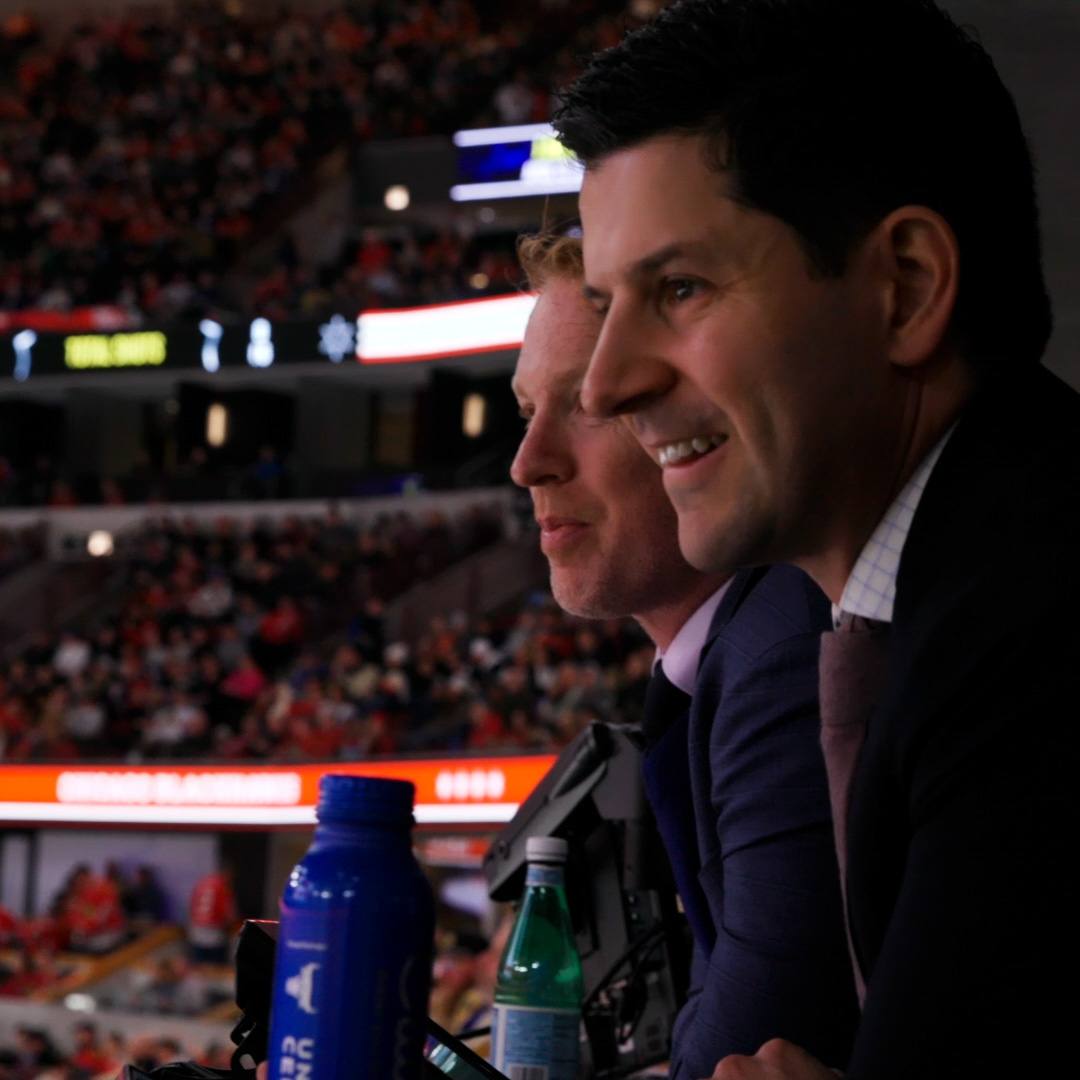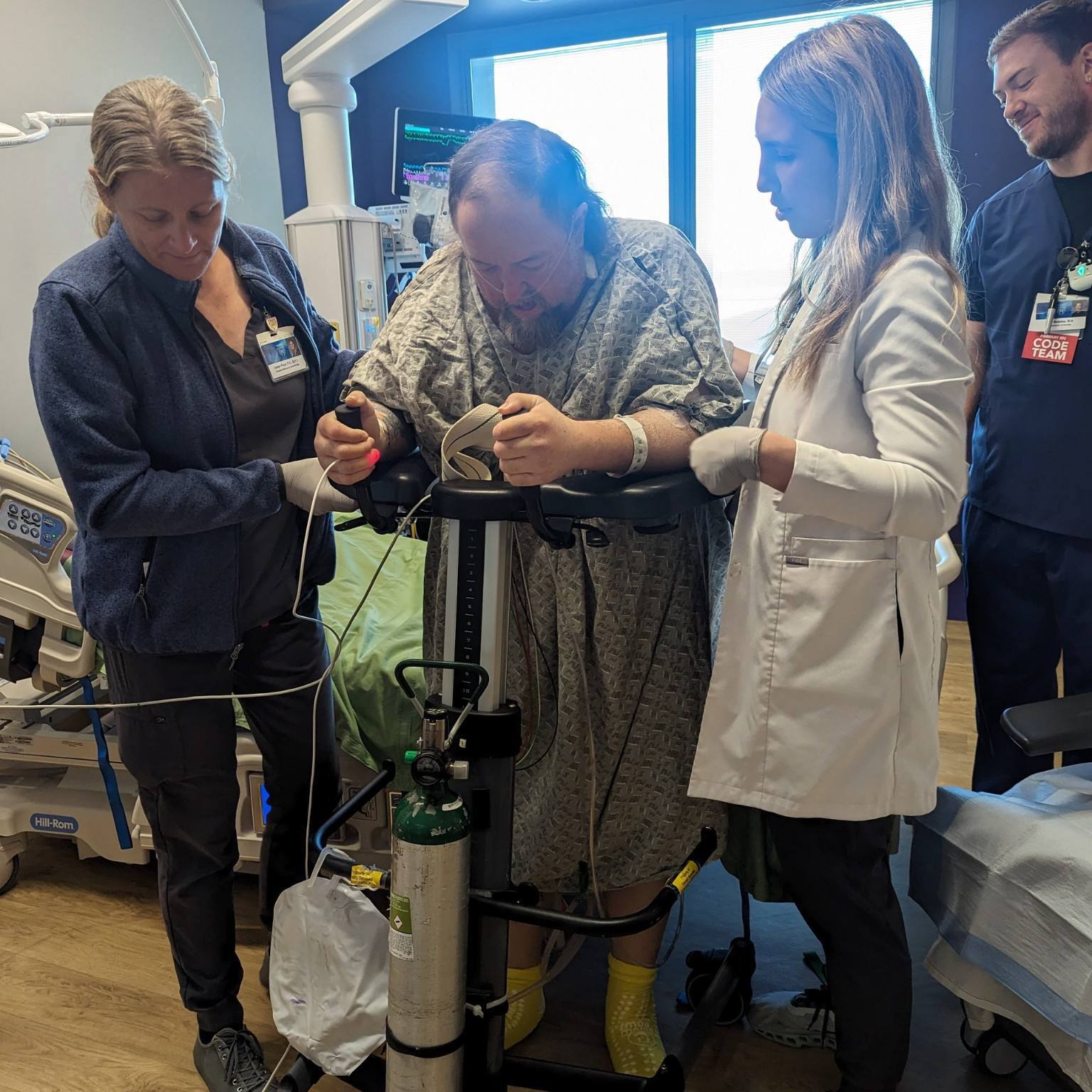Imagine a hospital room in the cardiac unit, with a patient, her family, doctors and nurses, all discussing the patient’s status and treatment options. So who are the experts in the room? Are they the doctors and nurses who have studied, practiced and devoted their lives to understanding and treating cardiac diseases? Are they the family members who can read the patient’s face and body language and know what the patient is too scared to ask herself? Is it the patient, who, after all, is the only one who really knows what her body feels like?
The answer is they are all experts. And, they are all essential to providing excellent medical care.
Mayo Clinic is working on many fronts to encourage patient and family involvement. One example is One Voice, a partnership between staff members in the Division of Cardiovascular Diseases and patients and families. The One Voice group was started in 2006 and now has 37 members. Their goal is to listen, learn, and implement change together.
One Voice provides peer support for new patients and empowers patients and families to become partners in, rather than just recipients of, medical care. One Voice also functions as a sounding board and idea generator for improvements in the division. Staff members bring new ideas to the group to get firsthand patient feedback. Together, the members of One Voice have tested changes to bedside rounds, reviewed patient publications, created a video for new patients, and hosted a national symposium on patient- and family-centered care.
One Voice Members
When Mark Lamkin was diagnosed with heart failure, he came to Mayo Clinic for a second opinion. The doctors at Mayo prescribed drug therapy, which has been working well. Before the drug therapy, Lamkin’s heart rate was 110 to 120; now it’s in the 60s.
“I was convinced that I was going to die,” says Lamkin. “I was so extremely grateful for the care that I got from Mayo Clinic that I wanted to give back. When I joined OneVoice, I thought we would be helping new patients, and we have done that. But what is really neat is seeing that we are making a difference on policy and procedures. It’s a wide open door for patients to share their opinions and ideas.”
Bob Dimler is a retired teacher and administrator who became involved with One Voice after a heart attack. When his doctors wanted him to start regular exercise, Dimler says he was terrified. “I didn’t know how to exercise without being competitive. How could I know if I was pushing myself beyond my limits?”
At Mayo Clinic’s Cardiac Rehabilitation Program, the staff taught him how to pace himself and know when to stop. Dimler started connecting with other heart patients. He strives to make outreach to patients in the rehabilitation program a regular part of One Voice’s work.
Peer Support Groups
Another example of patient and family involvement is the group that Val Kiger started after her son, Max, had his second surgery for a congenital heart defect. At the time of the surgery, her family was moving into a new house, Val had a broken leg, and Max was a toddler on the move. The Kiger family needed help, and they got it from family, friends, neighbors and even strangers. “We couldn’t have gotten through that time without all of those people,” says Kiger. “It’s a little humbling to ask for help, and I realized that there are people who might not ever ask, but who need the help just as much as we did.”
When life calmed down a bit for the Kiger family, Val set about creating a support group for families with children with congenital heart defects. They meet once a month at the Ronald McDonald House. There are about 50 families on the mailing list and between 10 and 15 families who attend the meetings. Their mission is to be a resource for families, raise awareness, and raise funds for research. They’ve created a parent directory so new parents have someone to call for support, they provide care packages for families with children in the hospital, they’ve held fundraisers, and are planning much more.“There is nothing that will make what Max has gone through worth it, but if I can help someone because of our experience, then maybe there is some meaning in it for me,” says Kiger.
The impact of patient involvement
Mayo Clinic encourages patient and family involvement to help Mayo Clinic improve direct patient care and to help us improve the way Mayo works. Farris Timimi, M.D., co-chairs the One Voice group with Carrie Sanvick, a nursing supervisor. They believe that patient and family involvement is essential to patient care. “There is a unique power in bringing a patient’s perspective to the table,” says Dr. Timimi. “Bringing that perspective to the care process from the beginning to the end has a profound and positive impact on patient and staff satisfaction and the quality of care.”
More information about One Voice is available by email. For more information about national patient support groups and groups at Mayo, go to www.mayoclinic.org/support-groups. For news on what is happening in patient- and family-centered care around the nation, click here.
Share this story:
Related Articles



















